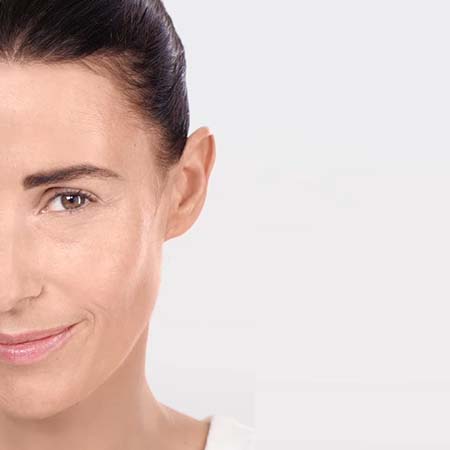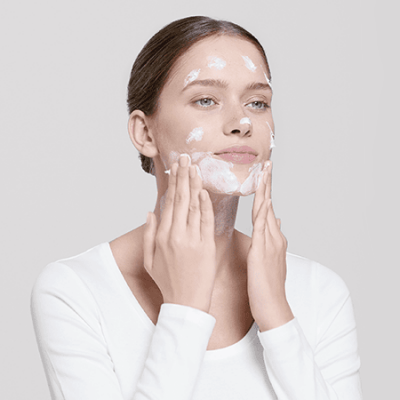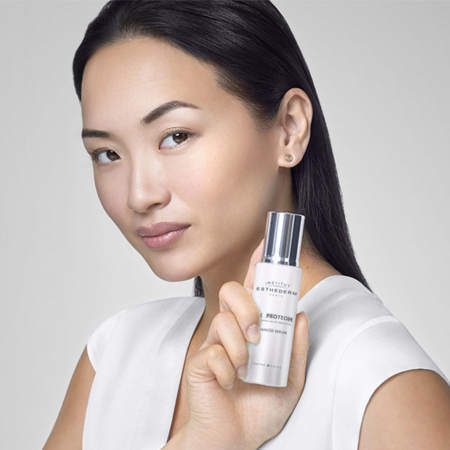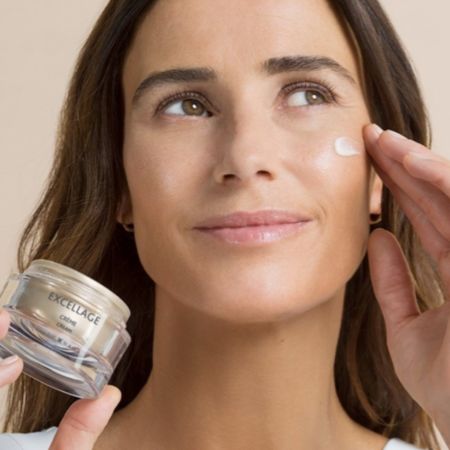
Skin blog
In the spotlight

Over time, the loss of collagen and elastin is accentuated, and the muscles and tissues responsible for the architecture of the face distend, losing their volume and their ability to hold the skin firmly and harmoniously, giving way to sagging skin and more pronounced wrinkles. Although skin aging is a natural and unavoidable process, it is possible to prevent it and combat it effectively with gestures and treatments adapted to your skin's needs.
Read the articleDeep skin cleansing: how to properly cleanse your face?
The first step in your youth routine? Deep cleansing and make-up removal. It's the daily skincare routine that keeps skin looking beautiful for as long as possible
How do you take of your skin in winter?
The cold, drier air, temperature changes, lack of sunlight, physical fatigue... In winter, many factors influence not only our mood, but also the condition and appearance of our skin. Dehydrated, dry and sometimes even irritated, our skin is put to the test.
So how can we look after our skin in winter?
Here are our top tips for a beautiful winter!
Age Proteom™ Advanced Serum : a revolutionary ritual for healthy, youthful skin
As well as targeting the visible signs of aging - wrinkles, loss of firmness, uneven skin tone, lack of radiance and skin density, Age Proteom™ Advanced Serum also supports the skin's ability to repair itself and protect against future damage.
SKIN TYPES & SKIN CONDITIONS
What is the difference between skin types and skin conditions?
Settled wrinkles, loss of firmness: what does your skin need?
Over time, the loss of collagen and elastin is accentuated, and the muscles and tissues responsible for the architecture of the face distend, losing their volume and their ability to hold the skin firmly and harmoniously, giving way to sagging skin and more pronounced wrinkles. Although skin aging is a natural and unavoidable process, it is possible to prevent it and combat it effectively with gestures and treatments adapted to your skin's needs.
5 Item(s)
 Find a point of sale
Find a point of sale 















